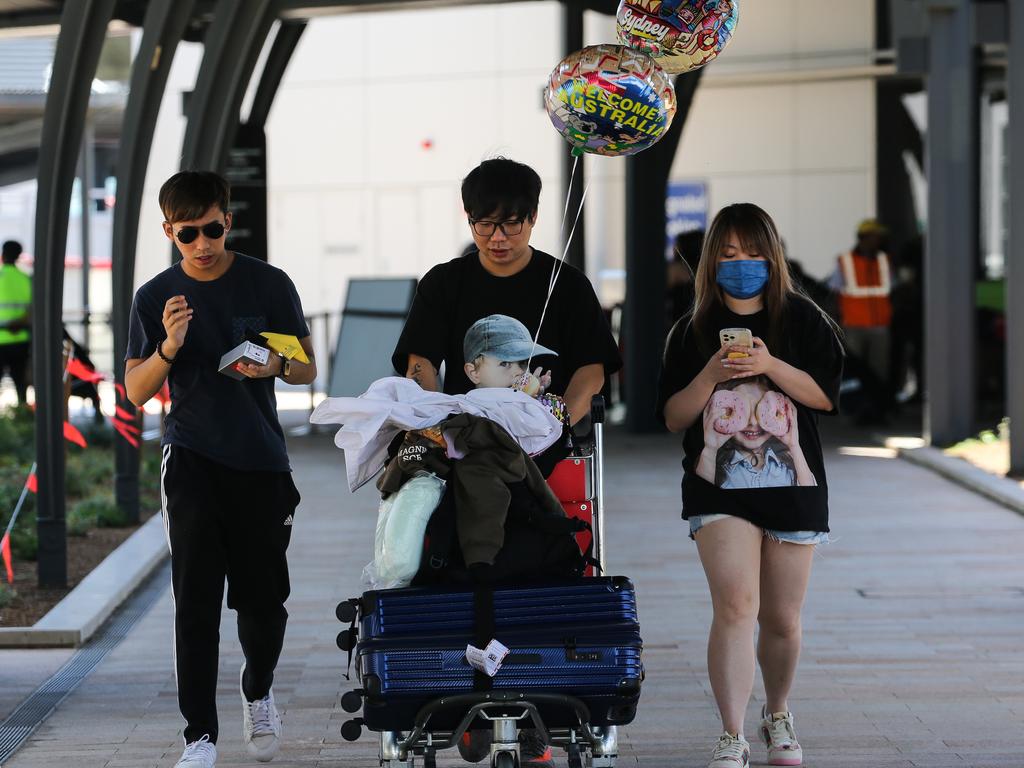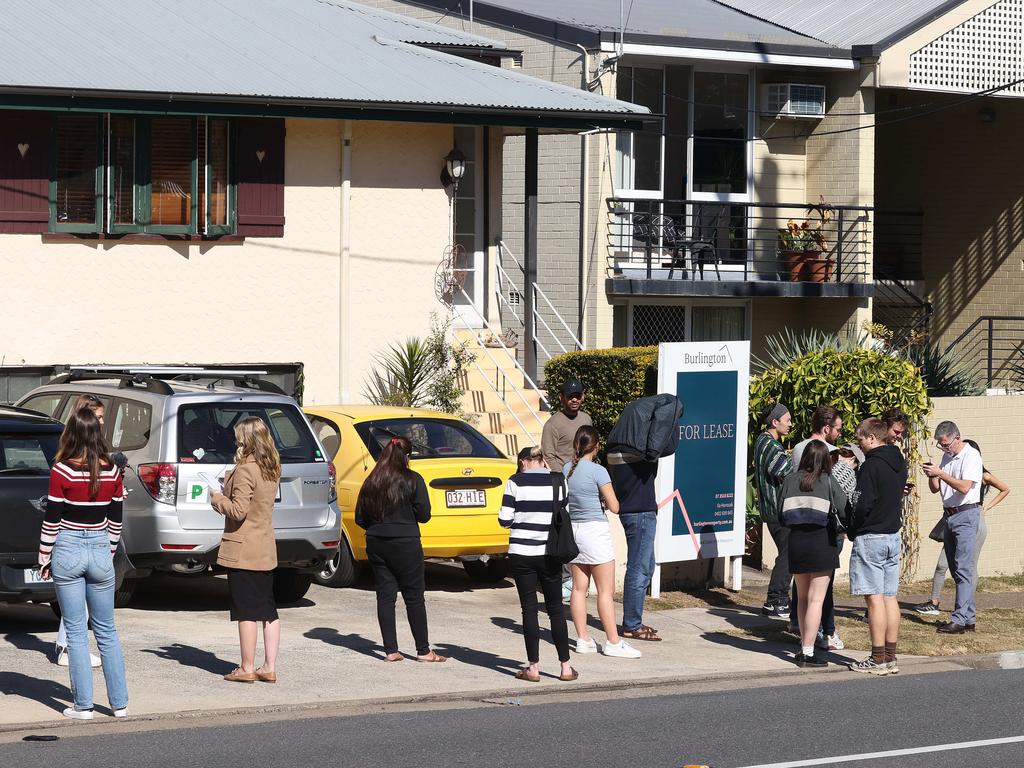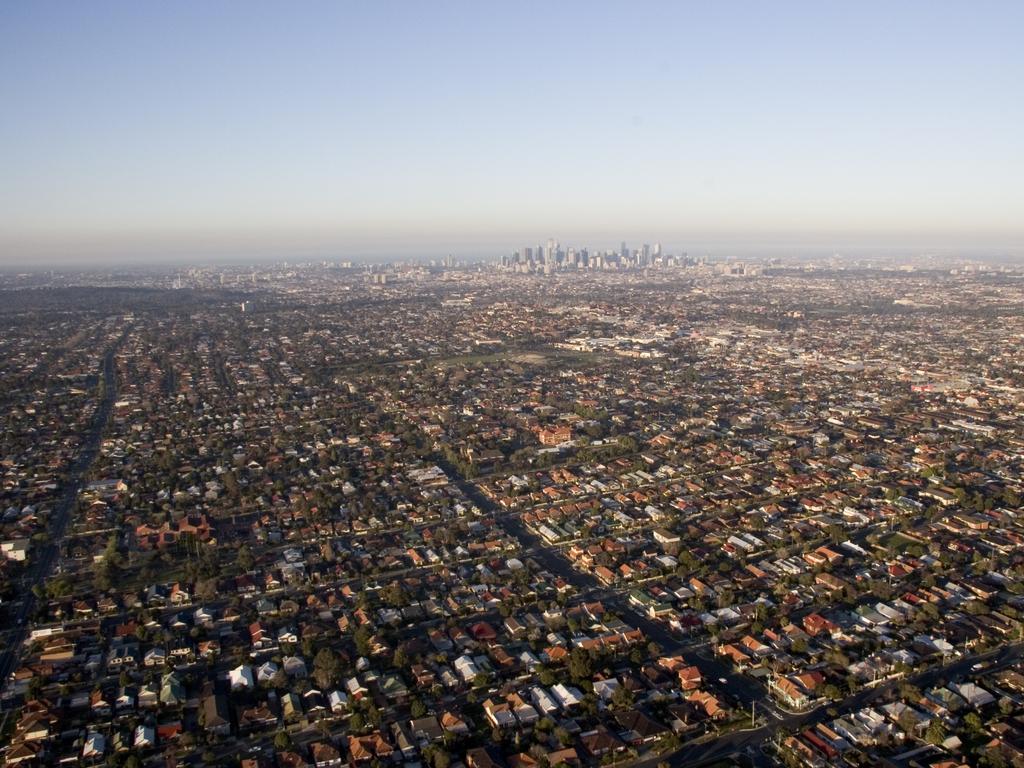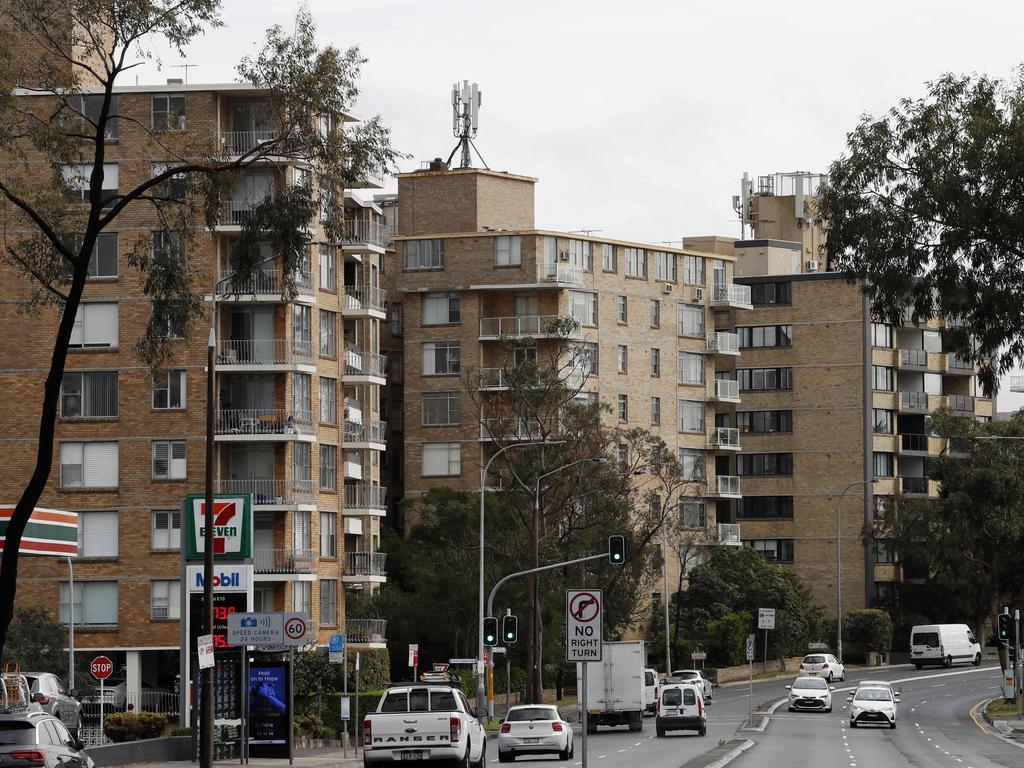International students to absorb nearly 80 per cent of new homes in Sydney by 2028, report says
Four out of five new homes in Sydney by 2028 will be needed to absorb an “unprecedented” international student wave, a new study says.
Four out of five new homes built in Sydney over the next half-decade will be needed to absorb an “unprecedented” international student wave, according to a new report blasting the federal government’s “unplanned” population explosion.
The research, published by the Institute of Public Affairs (IPA) think tank on Monday, found that over the six years to 2028 the country is set to face a net housing supply shortfall of 252,800 units as a record 1.755 million new immigrants arrive — close to half of whom will enter the country on a student visa.
The May federal budget confirmed that nearly two thirds of the more than 400,000 net new migrants in the 2023 financial year arrived on student visas, with a similar number predicted for 2024.

Nationwide, international students are set to absorb seven out of 10 new homes built until 2028, the IPA report claimed, with Sydney bearing the brunt followed by Melbourne, where around half of new housing supply will be needed.
“Basically every capital city is experiencing this problem to one degree or another,” said IPA deputy executive director Daniel Wild.
“It’s becoming a real, red-hot issue in the media plus a live political issue. There are few Australians who are not impacted by this mass migration.”
The IPA’s analysis found that in the 2023 financial year, Australia saw the largest net international student intake on record with a total of 253,940 new students settling in the country, the equivalent of 101,576 new households.
“Between 2023 and 2028, new net housing supply in Australia’s eight capital cities is estimated to total 598,500 units — the equivalent of approximately 69 per cent of new net dwelling supply nationwide,” the report said.
“The number of international student arrivals will be equivalent to approximately half (48 per cent) of new dwelling supply in the capital cities between 2023 and 2028.”

Mr Wild said the key takeaway was “basically the government has no plan for how to deal with firstly its big expansion to migration and secondly its expansion to international student numbers”.
“These issues with accommodation, rental costs, plus also pressure on infrastructure, roads, congestion — it doesn’t look like it’s being co-ordinated,” he said.
Universities Australia last week welcomed the latest data from the Australian Bureau of Statistics showing more than 43,000 international students arrived in May, an increase of 19,200 compared with the same time last year.
Provisional estimates indicate a further 51,390 students arrived in June.
International students contributed more than $29 billion to the economy in 2022, according to the peak body.
“Supply chain problems and worker shortages continue to affect Australia’s housing market, which has struggled to keep pace with the rate of migration,” Universities Australia chief executive Catriona Jackson said in a statement in response to the IPA report.
“International students made our economy $41 billion stronger in 2019 and make a significant social contribution to our nation, contributing to our skills mix and strengthening the cultural fabric of our communities.”

Mr Wild argued it was clear the system was not “working for anybody other than the universities who are getting massive revenue, while a lot of the time they’re diminishing academic standards to bring in more students”.
“There’s a significant amount of pressure from the university sector to bring them in because they’ve become a large and growing part of their revenue stream,” he said.
“There’s a tendency [from the government] to want to use migration as a way of propping up the economy. Obviously if you add more people to the economy the GDP will get bigger, but of course that doesn’t do anything for per capita GDP.”
Opinion polls have consistently shown Australians are deeply divided on immigration.
Before Covid, successive Australian governments facilitated a 15-year immigration boom which saw net overseas migration average at 220,000 annually.
The long-term average prior to the Howard government was about 80,000 per year.
A survey of more than 3000 voters by The Australian Population Research Institute (TAPRI) earlier this year found only 18 per cent of respondents wanted to return to pre-Covid levels, while 70 per cent wanted lower or even zero immigration.

Sixty-five per cent of respondents in the TAPRI poll also said that overall, Australia does not need more people.
Congestion and overcrowding, pressure on hospitals, the effect on the environment and increasing cost of housing were all strongly cited as reasons “we don’t need more people” by survey respondents.
“It’s one of those things where the political elites have basically decided we’re going to do this, even if your typical person on the street does not see the benefit from it,” Mr Wild said.
“This is really not a right-wing issue, this is very much a mainstream issue. If you talk to people in the outer suburbs they’ll tell you about the congestion, schools, trouble they have picking kids up from daycare, just the hassle of day-to-day life seems to be getting worse. These costs are being pushed onto everyday families who aren’t really being consulted on the matter.”
At the same time, the students themselves often find themselves facing hardship, stung by cost-of-living pressures and the rental crisis.
Several Chinese students told the ABC recently they had been misled about coming to Australia, with one saying she couldn’t sleep and had constant anxiety about not having a place to stay.

“The point of the research is not to criticise the students themselves who are trying to get ahead in their lives,” Mr Wild said. “The problem is they’re sold a particular idea of what Australian life is going to be like and find it quite difficult.”
Outspoken tech entrepreneur Matt Barrie, chief executive of Freelancer, slammed Australia’s immigration “ponzi” in a scathing speech in May, in which he took particular aim at the education sector.
“There are 620,000 ‘students’ in Australia, equivalent to the populations of Canberra, Darwin and Alice Springs,” he told the SMH Sydney 2050 Summit.
“Forty-five per cent are studying higher education, 25 per cent vocations and 17 per cent English. Almost 40 per cent are in NSW. By 2025 there’ll be 940,000 and Sydney will host a Canberra. If that also sounds weird, in 2022, 573,000 student visas were issued by Australia. The United States issued 414,000.”
Home Affairs Minister Clare O’Neil told the National Press Club in April that Australia “faces genuine and significant challenges providing safe affordable housing” but insisted “these problems are not caused by migrants”.
Shadow Immigration Minister Dan Tehan and Opposition Leader Peter Dutton have in recent months attacked the Albanese government’s immigration intake as “unplanned” — despite the Coalition kicking off the “Big Australia” policy in the early 2000s.
More Coverage
Responding to Mr Dutton in May, Treasurer Jim Chalmers accused the Coalition of “playing the usual divisive and dishonest politics when it comes to population”.
“It’s not a government policy, it’s not a government target, and it is less cumulatively than what it would have been if their own forecasts a couple of years ago in their budget had eventuated,” Dr Chalmers said.






